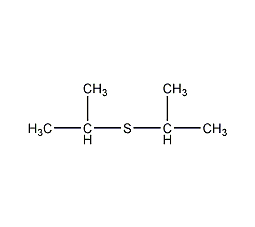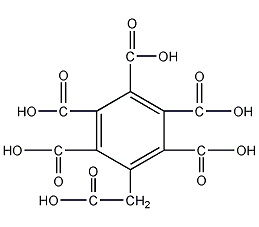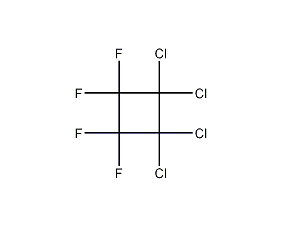4-bromobenzyl chloride


Structural formula
| Business number | 05ZX |
|---|---|
| Molecular formula | C7H6BrCl |
| Molecular weight | 205.49 |
| label |
4-Bromobenzyl chloride, p-bromobenzyl chloride, 1-Bromo-4-(chloromethyl)benzene |
Numbering system
CAS number:589-17-3
MDL number:MFCD00040867
EINECS number:209-638-6
RTECS number:None
BRN number:6123220
PubChem number:24882277
Physical property data
1. Physical property data
1. Appearance: white crystalline powder
2. Flash point (℃): >110
3. Melting point (℃) ): 36-40
4. Boiling point (ºC): 136-139
Toxicological data
None yet
Ecological data
None yet
Molecular structure data
1. Molar refractive index: 43.70
2. Molar volume (cm3/mol) 133.3
3. Isotonic specific volume (90.2K) : 333.0
4. Surface tension (dyne/cm): 38.9
5. Polarizability (10-24cm3): 17.32
Compute chemical data
1. Reference value for hydrophobic parameter calculation (XlogP): None
2. Number of hydrogen bond donors: 0
3. Number of hydrogen bond acceptors: 0
4. Number of rotatable chemical bonds: 1
5. Number of tautomers: none
6. Topological molecule polar surface area 0
7. Number of heavy atoms: 9
8. Surface charge: 0
9. Complexity: 77
10. Number of isotope atoms: 0
11. Determine the number of atomic stereocenters: 0
12. Uncertain number of atomic stereocenters: 0
13. Determine the number of chemical bond stereocenters: 0
14. Number of uncertain chemical bond stereocenters: 0
15. Number of covalent bond units: 1
Properties and stability
Stability and Reactivity:
Materials to avoid: Oxides.
Products to be decomposed: carbon monoxide and carbon dioxide, hydrogen chloride, hydrogen bromide.
Storage method
Storage:
Seal the container and store it in a sealed main container in a cool, dry place.
Synthesis method
None yet
Purpose
None yet








